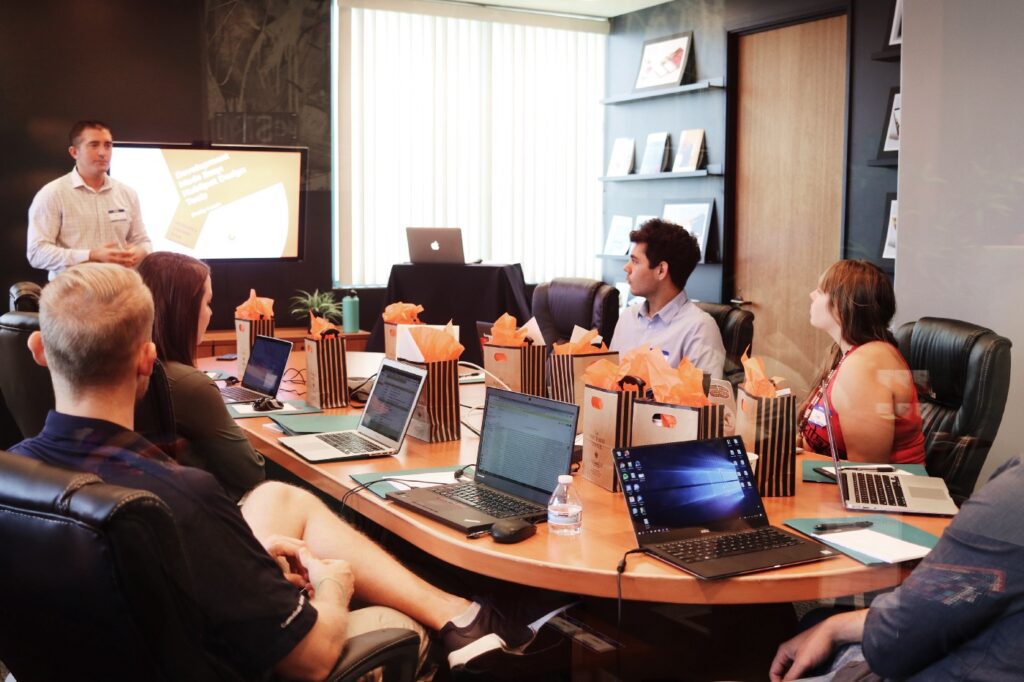Start Small, Win Big: The Power of The Lean Startup Approach

Product teams can choose from many different processes and methodologies, and trying to understand how they all fit together can be overwhelming. However, you’re right that focusing on the values underpinning these methods can make it easier to see how they are related and can be used together effectively.
Lean Startup is a process for developing and launching new products, emphasizing rapid experimentation and iteration to identify and build what customers want quickly. It is based on speed, investigation, and customer focus.
Design Thinking is a process for creatively and systematically solving problems emphasizing empathy for the user and a deep understanding of their needs. It is based on the values of user-centered design, creativity, and collaboration.
Agile software development is a process for building software that emphasizes flexibility and rapid delivery. It is based on agility, collaboration, and continuous improvement.
While these methods may have different practices and rituals, they all share a focus on customer needs, rapid experimentation and iteration, and a collaborative, flexible approach to problem-solving. By understanding the values that underpin these methods, product teams can choose the system that best fits their needs and find ways to integrate and leverage the strengths of each.
What Is The Design Thinking?
Design thinking is a problem-solving approach that combines empathy, creativity, and rationality to develop innovative solutions. It is a human-centered approach that focuses on understanding the needs and perspectives of the end users. To create products, services, and experiences that meet their needs and exceed their expectations.
The design thinking process typically involves the following steps:
- Empathy: Understanding the users and their needs through research and observation.
- Define: Identifying the problem or opportunity to be addressed.
- Ideate: Generating various ideas and solutions to the problem or opportunity.
- Prototype: Creating a physical or digital representation of the solution.
- Test: Evaluating the solution by getting user feedback and making iterative improvements.
Design thinking is often used in product, service, and user experience design. Still, it can also be applied to many other fields and industries.
It’s also important to note that design thinking is a mindset, not just a process. It’s a way of approaching problems and opportunities that emphasizes creativity, experimentation, and iteration.